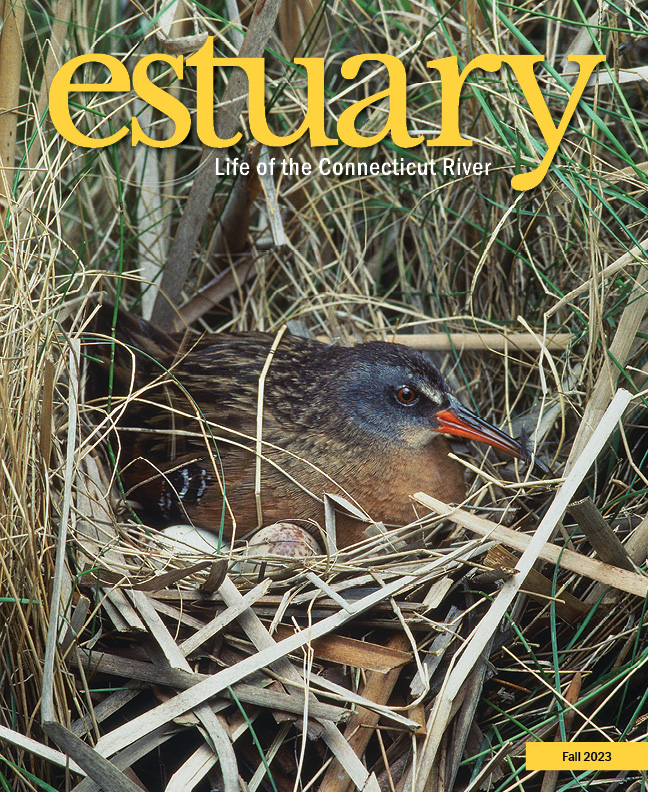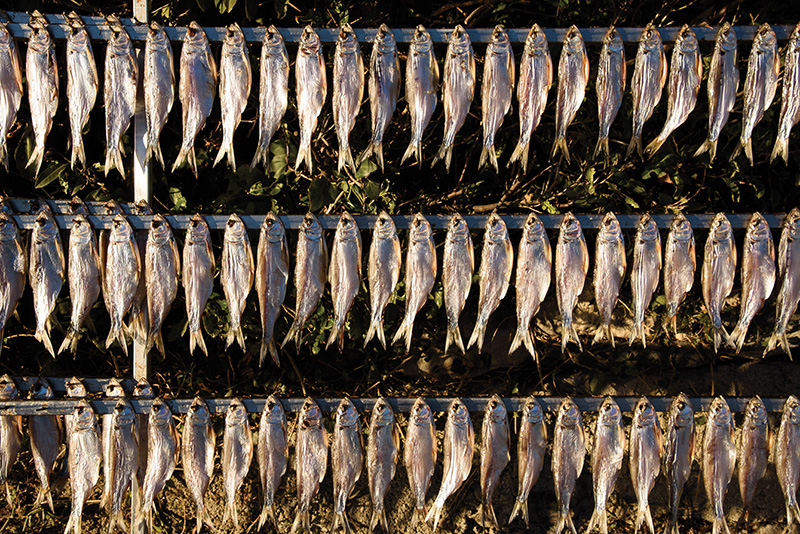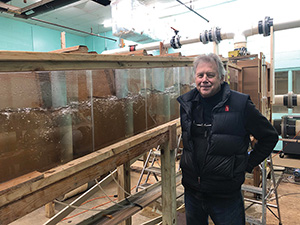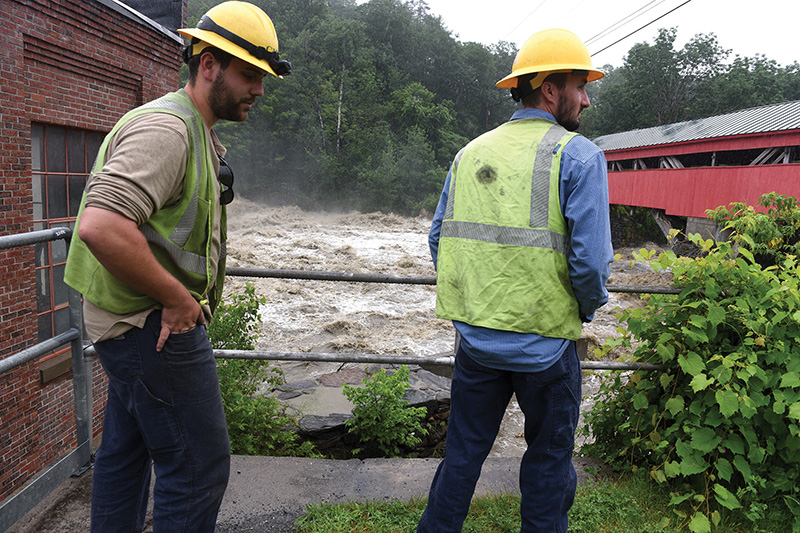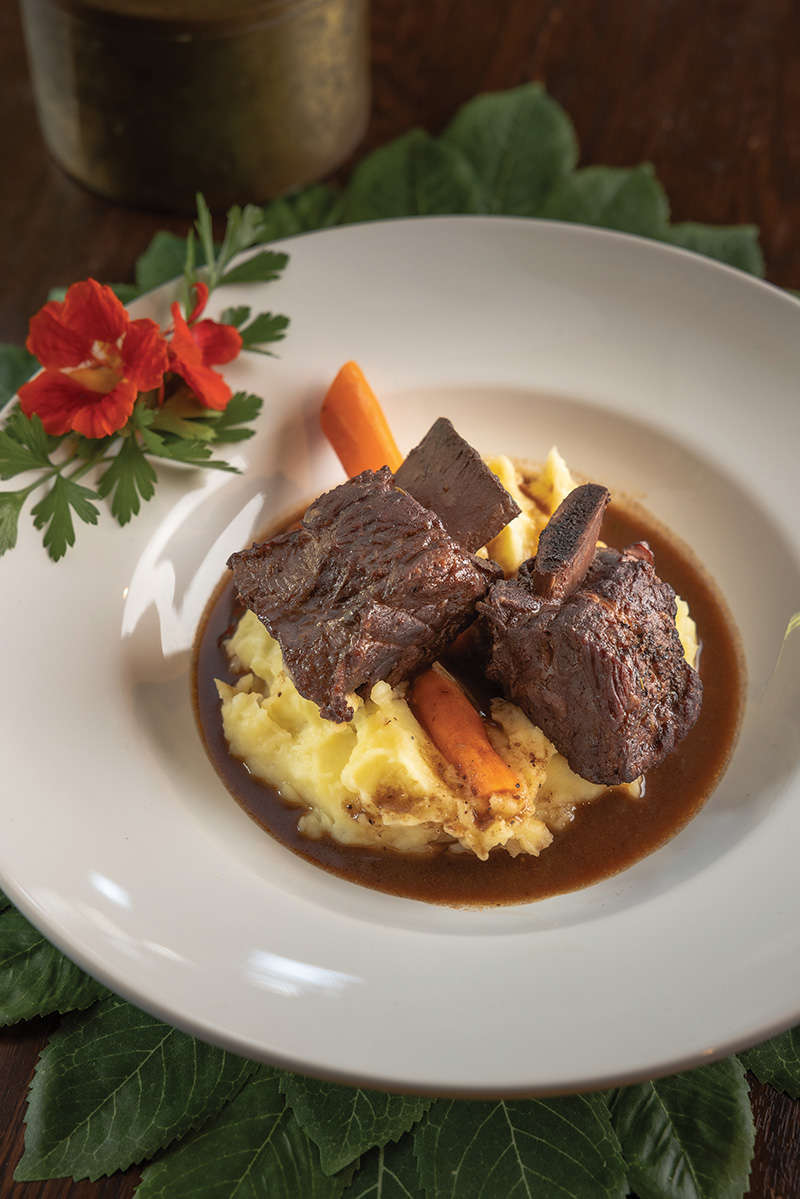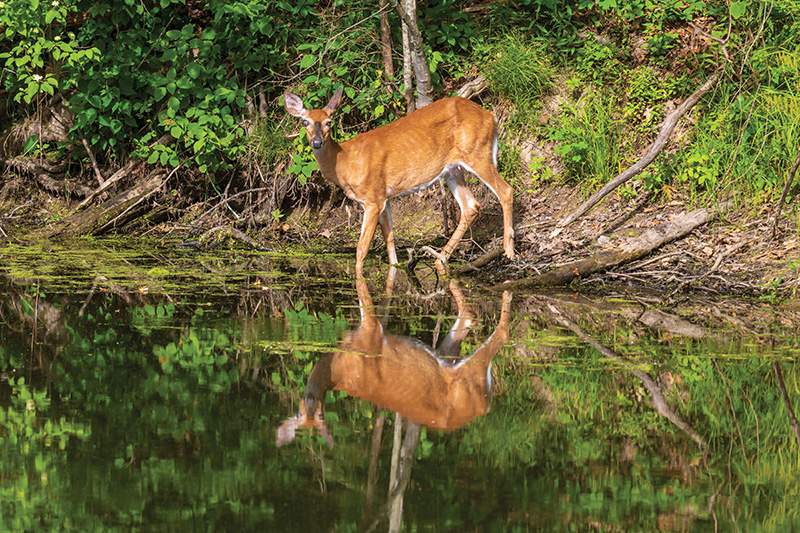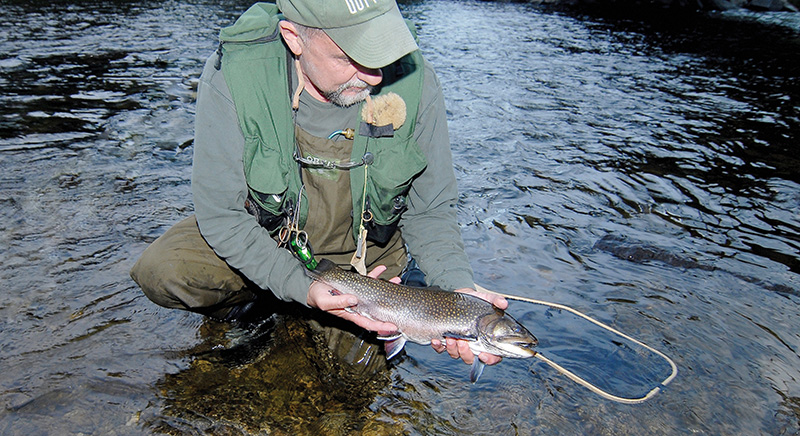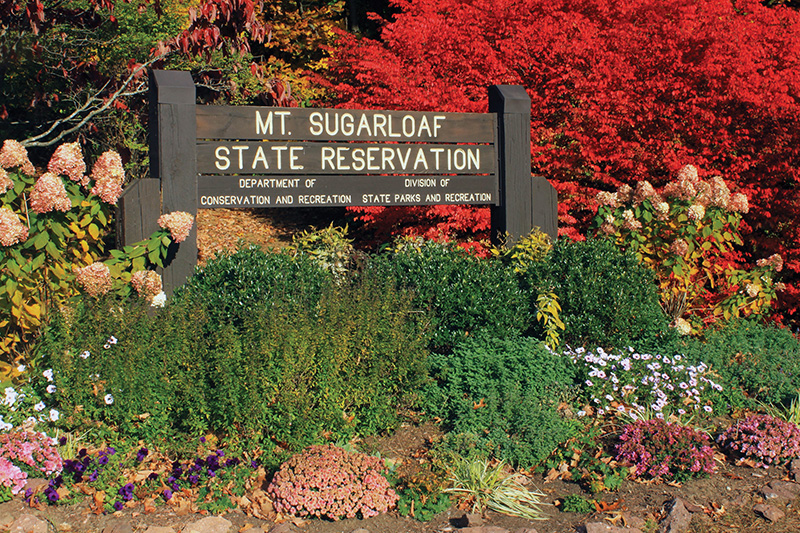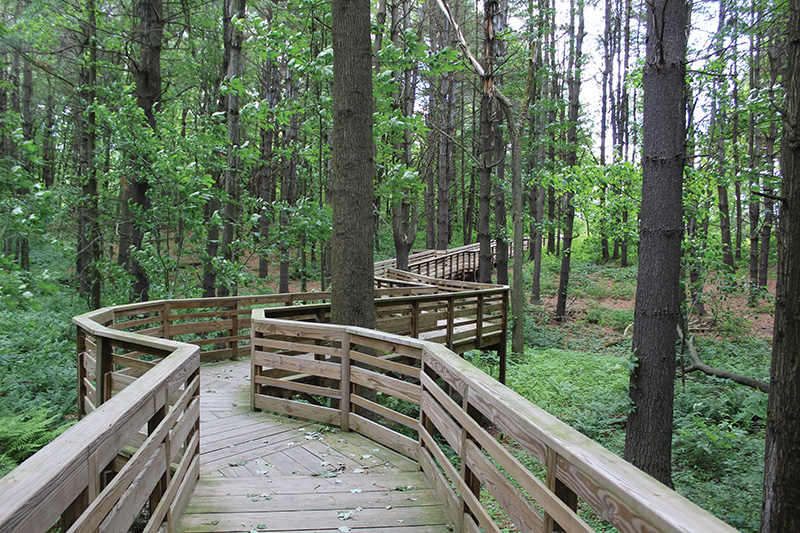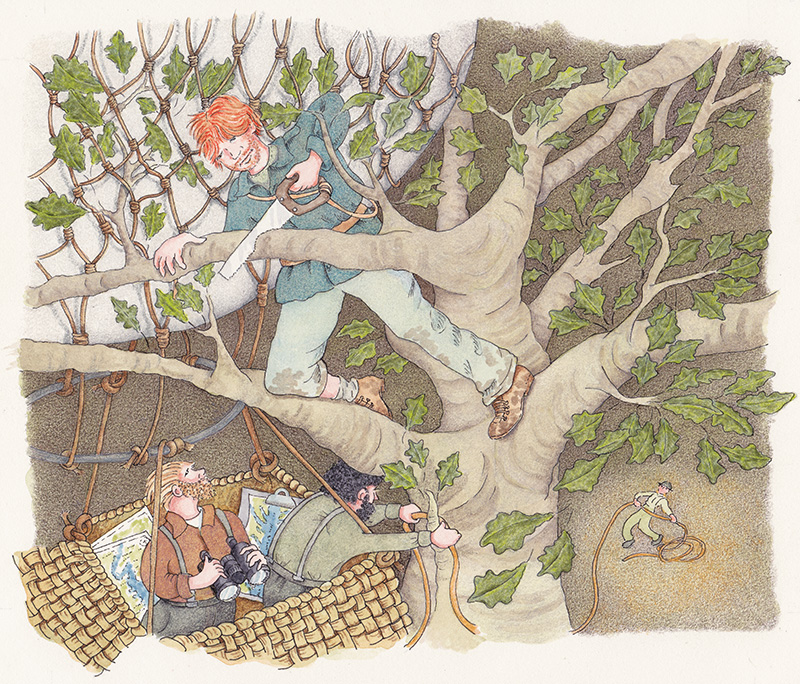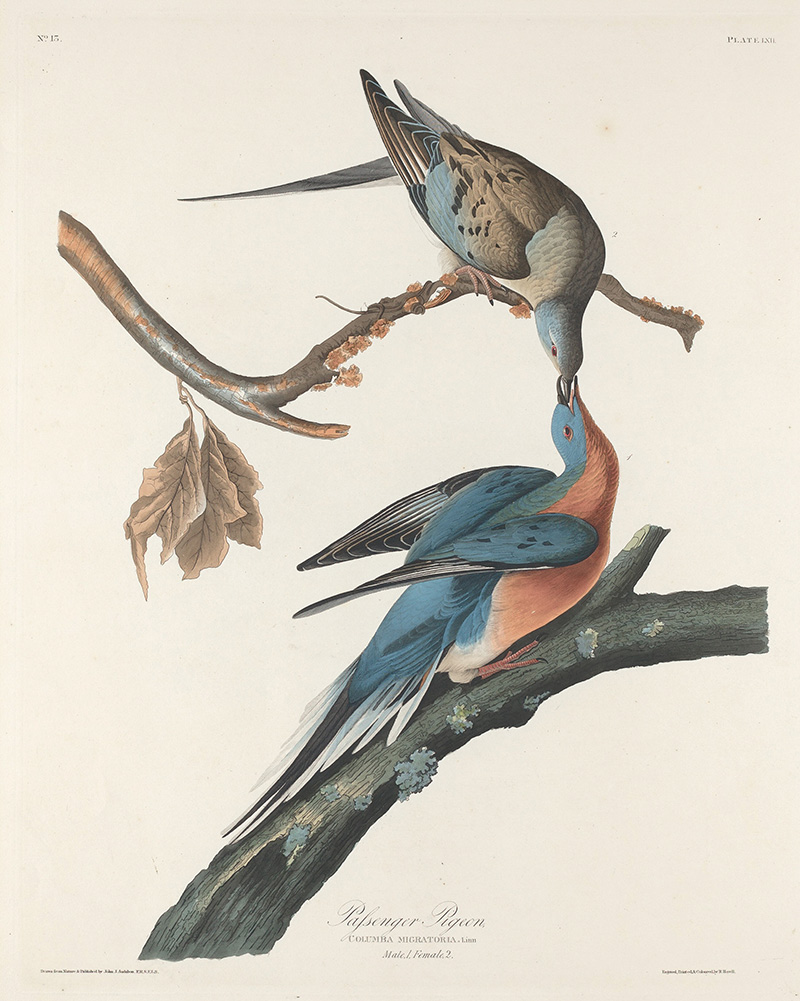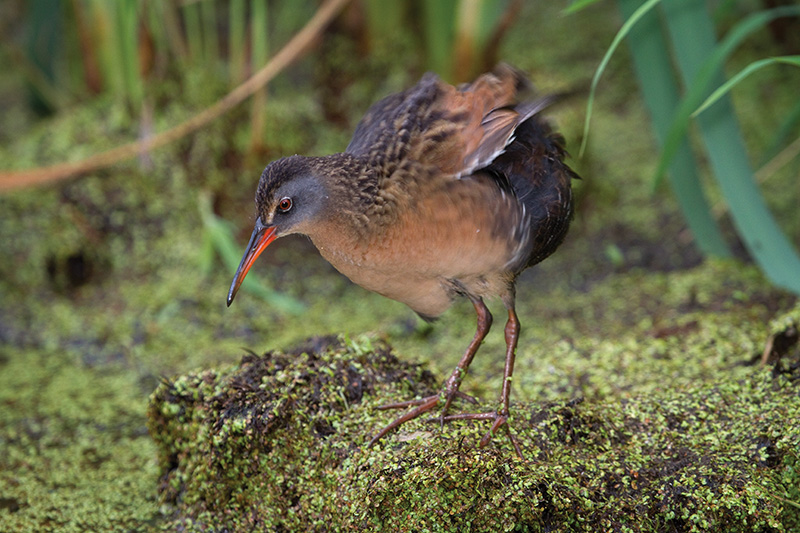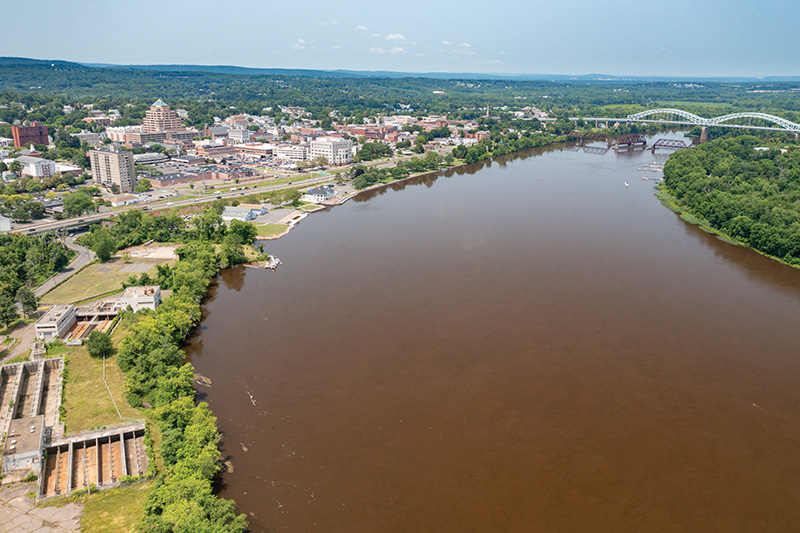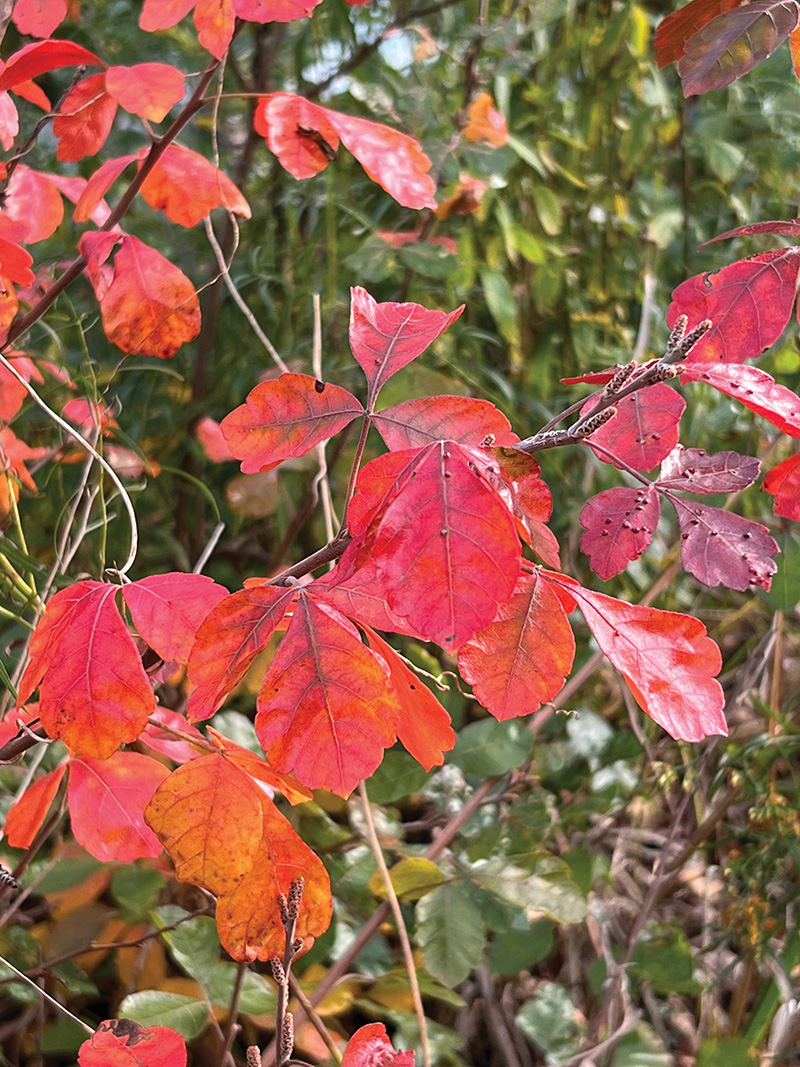This is a great time to join the estuary family by becoming a subscriber.
American Shad: The Iconic Fish of the Connecticut River
Many areas in this country have icon species that add richness to their sense of place. The Texas Gulf Coast is busy working to restore the iconic Kemp’s ridley sea turtle, and we have here in the Connecticut River watershed the American shad (Alosa sapidissima).
Let’s Go
News from our River Partners
Migrating Under a Microscope
Since their arrival in the 1600s, New Englanders have constructed fishways to help fish pass over small dams and barriers, but the early designs were rudimentary, often just a constructed gap.
The Aftermath of the Great Floods of 2023
If more evidence was needed to remind us of the need for a watershed-wide strategy toward environmental planning and protection, the recent storms and rains in the north of New England provided just that.
Ribs and Roots
Now we turn our attention to the colors and flavors below the ground—the roots—such as potatoes, carrots, parsnips, beets, celery root, sweet potatoes, turnips, and ginger, to name a few.
The Most Dangerous Animal in America
Connecticut is at the infestation epicenter of a beast that kills some 200 Americans a year; injures at least 10,000 others; is annually responsible for billions of dollars in property damage; trashes native ecosystems; and spreads an infection that causes fever, headache, fatigue, and, if untreated, injury to joints, heart, and brain.
Fly-Fishing the Headwaters
Some of the finest fly-fishing in all of New England takes place in the headwaters of the Connecticut River, in Pittsburg, New Hampshire.
Mount Sugarloaf
Last fall I set out once again to witness the magnificent foliage of Mount Sugarloaf in the late afternoon light.
The Land and Water Conservation Fund Matters
The value of open land accessible to all of us has never been clearer: as the pandemic has shown, available, safe outdoor spaces are critical to our overall health and happiness.
Estuary for Young Readers #11
My battalion of three-month Connecticut Union Army volunteers, along with a cavalry unit and a couple of drummer boys, sailed out of New Haven on board a double paddle-wheel ferry headed for Camp Glenwood, a mile or two north of Washington, DC.
Migratory Bird Act
On September 1, 1914, at 1:00 p.m., the last passenger pigeon on Earth, Martha (named after Martha Washington), died at the Cincinnati Zoo.
In the Darnedest Places: Rails
In the marsh, the wilderness makes its last stand.” So wrote the eminent New England bird man, Edward Howe Forbush, now more than a century ago.
Riverbend Project and the Mayor of Middletown
The river stank. For decades, towns, industries, and farms from Vermont to Long Island Sound had dumped vile and destructive wastes of every kind into her waters.
Spice up Your Home Landscape
Unfortunately, finding the right native shrub can be daunting, and the offerings from the easy-to-find places, such as the local grocery store or big box hardware stores, have a limited menu, most of which are non-native and too many of which are invasive.

